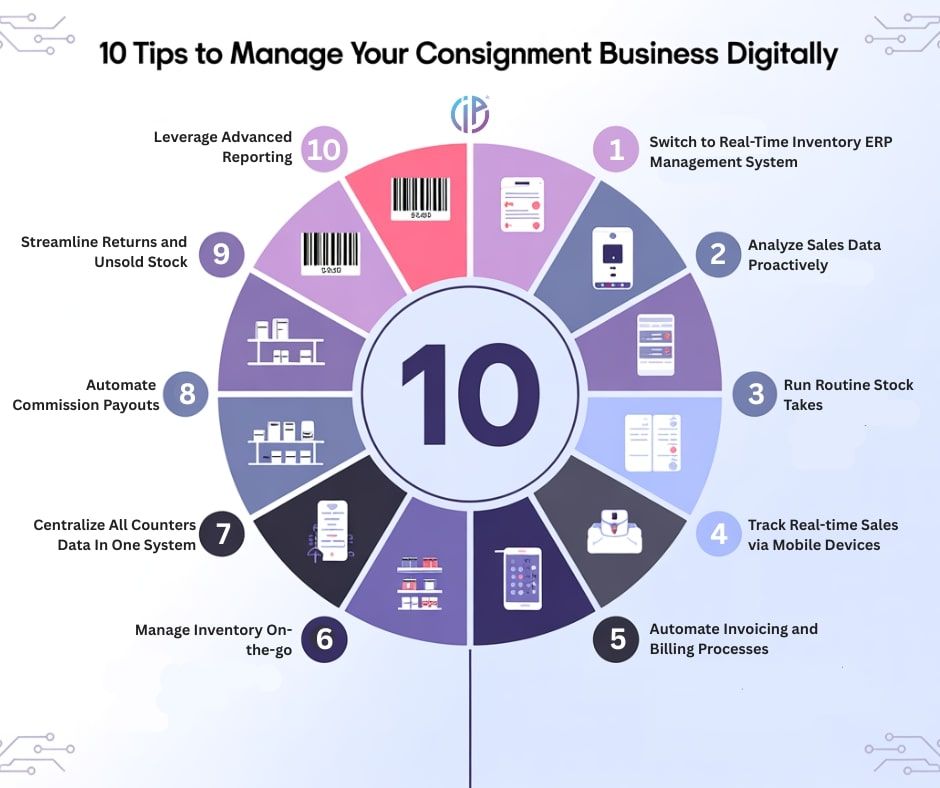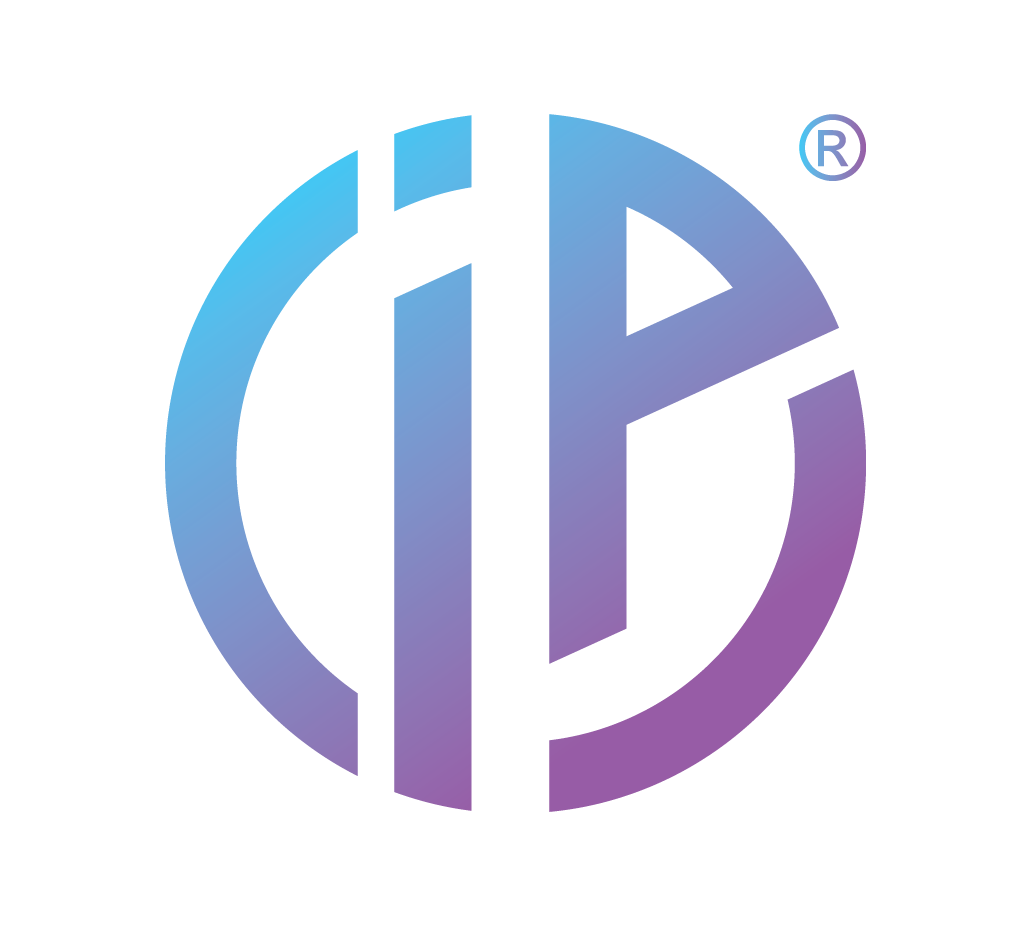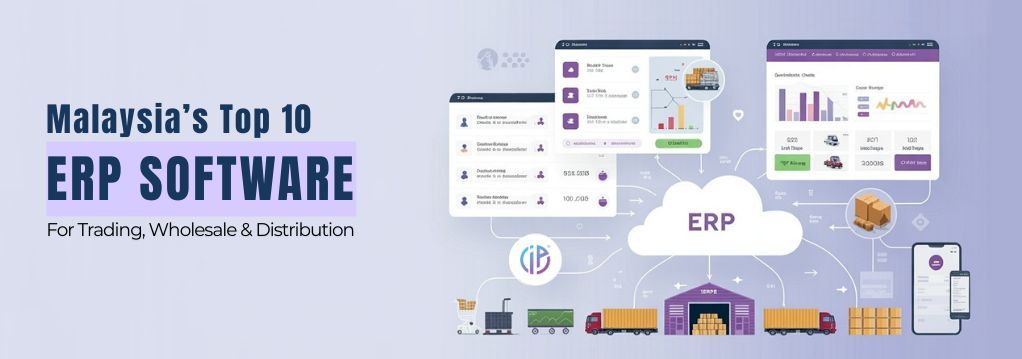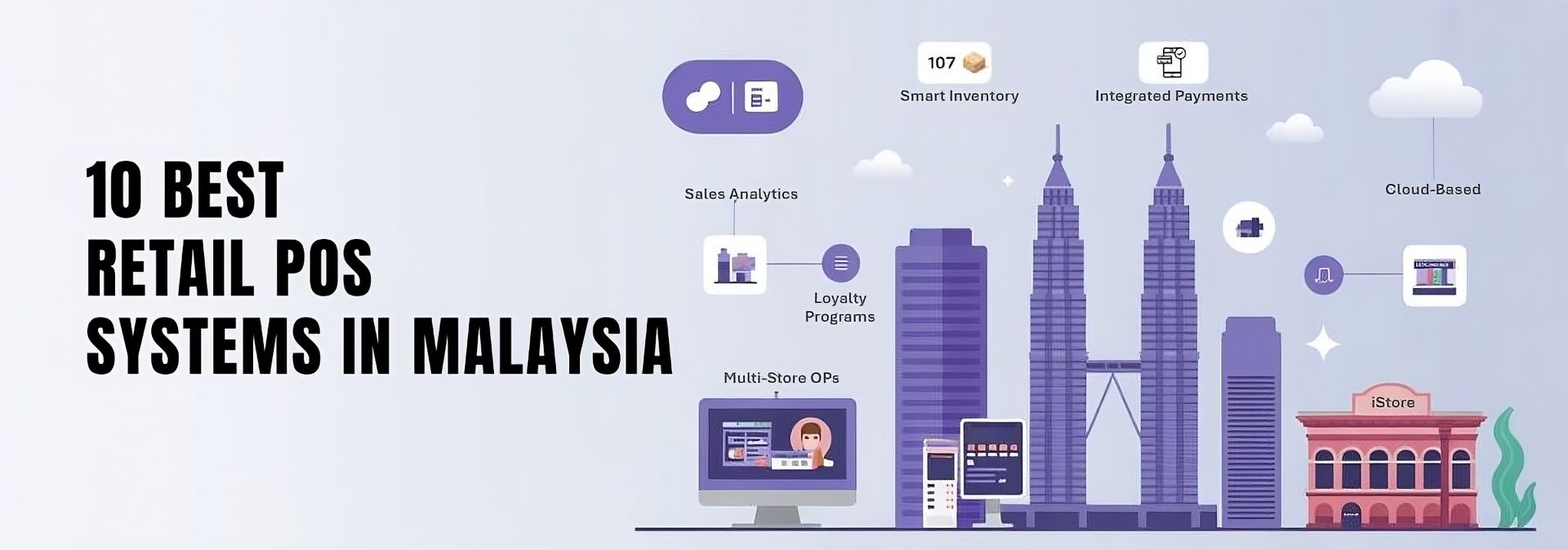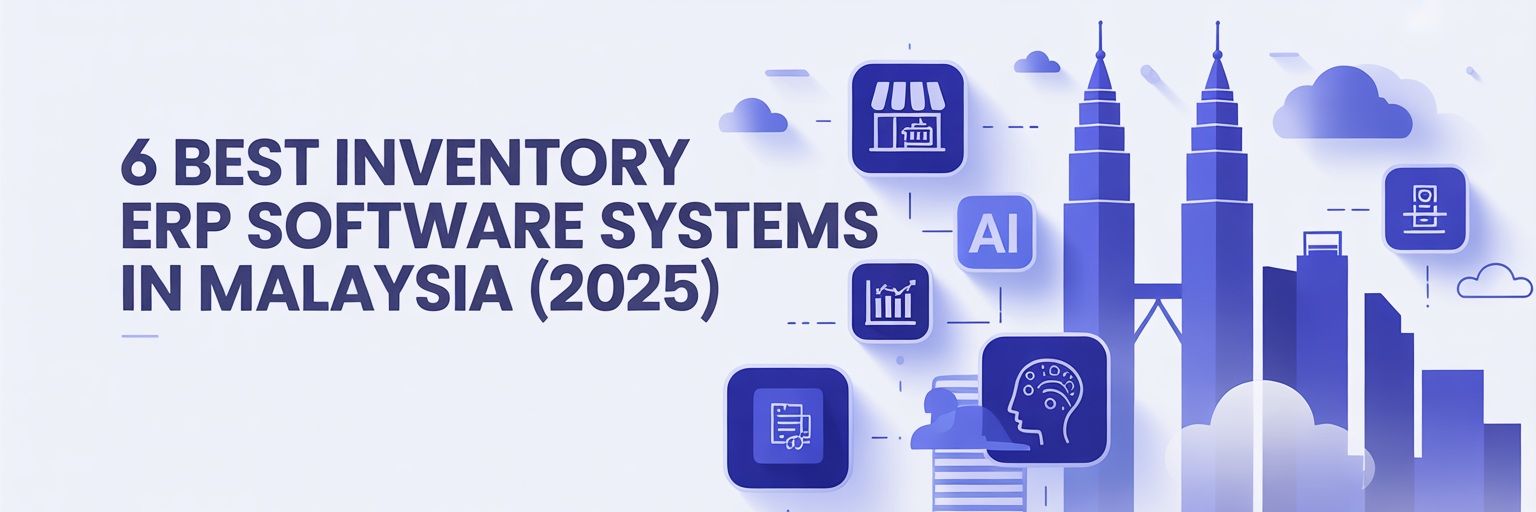Managing a consignment business isn’t just about stocking shelves, it’s about managing hundreds of SKUs, partner brands, return cycles, and commission payouts.
One of our consignor customers- Branded Fashion, with over 500 retail counters nationwide, found themselves buried under spreadsheets, manual stock checks, and billing delays. As they grew, the pain points multiplied: lost inventory, unclear commission splits, and data stuck in silos.
Here’s how they turned things around using smart digital strategies and how you can too.
What is Consignment?
In a consignment business model, the
consignee (the retailer or departmental store) sells products on behalf of
consignor (the partner brand or supplier). The consignee doesn’t pay for the goods upfront; instead, they only pay the partner brand a portion of the revenue after the items are sold.
Who Is It For?
This model is popular across industries like
fashion, beauty, home goods, and lifestyle products, especially for businesses managing
multiple brand counters, departmental stores, or concession spaces.
Consignment is a smart way to reduce inventory risk, but it comes with complexity: you’re juggling hundreds of SKUs, multiple return cycles, varying commission structures, and constant stock movement across outlets. Without the right consignment management tools, it’s easy to get overwhelmed.
To overcome these challenges, here are 10 tips for managing your consignment business with a digital method.
10 Tips for Managing Consignment with Digital Methods
1. Digitize Inventory for Real-time Management
Consignor challenges: “I used to find out we were out of a bestseller only after customers complained.”
A stockout of a popular item is more than just a missed sale- it's a blow to your brand's reputation and customer loyalty. Before a proper system was in place, Branded Fashion’s team would lose hours searching for a product only to find it was sold out, leading to frustrated customers and empty shelves. With a
cloud-based ERP system, Branded Fashion now tracks every item across their 500 retail counters and warehouse in real-time. This instant visibility ensures they can trigger timely reorders, preventing lost sales and ensuring customers always find what they're looking for.
2. Leverage Digital Dashboards for Data-Driven Decisions
Consignor challenges: “Some items looked pretty, but they just didn’t sell. I didn’t know until it was too late.”
Relying on "gut feelings" is risky. Before implementing a modern ERP, Branded Fashion's team would discover that a brand or product was underperforming only after a full season had passed. This meant they were stuck with unsold stock, wasted space, and poor returns.
Now, with a centralized sales dashboard, they can instantly check monthly sales trends and top-selling reports. This actionable data helps them quickly identify fast-moving items to restock, pull slow-moving stock, and provide data-backed feedback to low-performing brands.
3. Automate Stock Reconciliations with Barcode Scans
Consignor challenges: “Once, we were off by 200 units during a year-end audit. It was embarrassing.”
Manual stock takes are not only time-consuming but also prone to human error, leading to significant financial discrepancies. Branded Fashion's team used to spend days on tedious counts, only to find major inconsistencies that were difficult to trace. With the new ERP system,
weekly digital stock counts and Mobile App
barcode scans have dramatically reduced mismatches.
The team now spends less time on laborious checks and can find and rectify problems early, ensuring their records are always accurate and audits are stress-free.
4. Track Sales with a Consignment Mobile App
Consignor challenges: "I was always anxious when I traveled, because I had no idea what was happening at my counters."
In a fast-paced retail environment, a lack of real-time visibility can be a major disadvantage. Before, the manager of Branded Fashion felt disconnected from her business while traveling, unable to react to sales trends or issues as they happened. Now, whether she’s at home or at a supplier’s event, she can view
live sales performance by store, brand, or even SKU- all from her phone.
This real-time access allows her to make informed decisions on the go, stay connected to her business, and respond to opportunities instantly.
5. Streamline Invoicing with Automation
Consignor challenges: "Manual invoicing meant late payments and lots of back-and-forth with brand partners."
Manual invoicing is a tedious, error-prone process that can strain relationships with brand partners. Branded Fashion used to struggle with mismatched data, incorrect commission calculations, and frequent disputes that delayed payments. Now, the system
auto-generates monthly invoices
instantly, complete with returns and commissions accurately factored in.
This automation ensures brand partners get paid on time and with full transparency, strengthening relationships and freeing up countless hours for the finance team.
6. Manage Inventory Transfers from a Mobile Device
Consignor challenges: "Stock transfers used to involve phone calls, forms, and waiting."
Inefficient stock transfers lead to wasted time and missed opportunities. Branded Fashion’s team used to rely on phone calls and paper forms to move inventory between counters, a slow process that often led to misplaced stock. With the mobile app, their team can
trigger stock transfers between outlets instantly.
They can also scan barcodes to verify stock takes with no paperwork, ensuring a smooth and accurate flow of inventory.
7. Centralize Business Data in One Digital Platform
Consignor challenges: "We used to manage sales on Excel, stock in Google Sheets, and invoices on paper."
Managing different business functions on separate platforms creates a data nightmare. Branded Fashion’s team spent hours trying to cross-reference spreadsheets and paper records, leading to inefficiencies and data silos. With everything centralized in one system—sales, inventory, returns, and commissions- the team now has a
single source of truth.
This seamless integration allows them to collaborate better and spend less time searching for information and more time analyzing it.
8. Simplify Complex Commission Payouts with Automated Rules
Consignor challenges: "Some brands got 20%, others 30%, and one had tiered rates. It was a nightmare."
As a business grows, commission structures become incredibly complex. Manually calculating payouts with varying rates, tiers, and exceptions is a recipe for errors and disputes. With the
automated commission rules engine, Branded Fashion’s ERP system handles all calculations perfectly.
The system automatically applies the correct rates to each transaction, avoiding disputes and saving days of manual work each month.
9. Digitize the Return Process for Unsold Stock
Consignor challenges: "We’d lose track of slow-moving items—until a box came back months later."
Slow-moving or unsold stock ties up valuable space and capital. Branded Fashion’s team used to struggle to track these items, leading to clutter and lost opportunities. The ERP system now automatically
flags items with low sales, allowing the team to digitally initiate returns and restock counters quickly.
This process keeps their inventory fresh and ensures they can make the most of their retail space.
10. Use Built-in Digital Reports to Drive Growth
Consignor challenges: "I couldn’t tell which brands were a hit or a miss. I was just guessing which products to push, and it felt like a gamble."
In the past, Branded Fashion's decisions on promotions or brand selection were based on guesswork. Now, with
built-in performance dashboards, the manager reviews sales data by counter and brand weekly.
This data-driven approach allows her to confidently plan promotions, cut underperforming brands, and reward her top consignees, ensuring every strategic decision contributes directly to the company’s growth.


